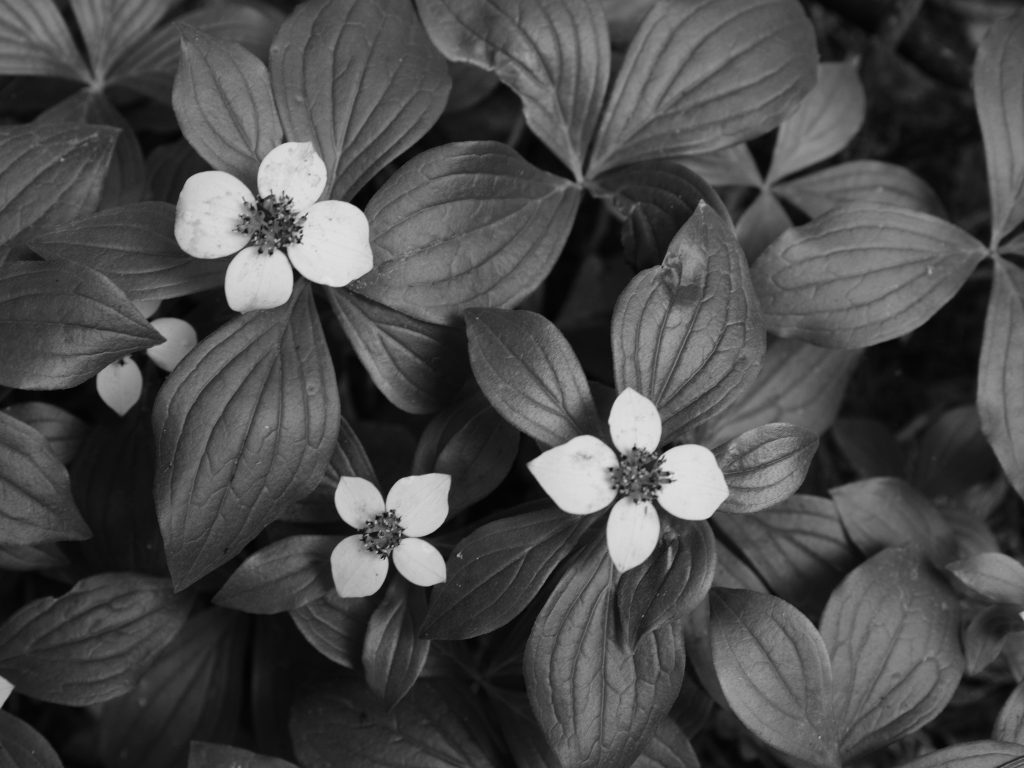Hiking for the Perfect Shot
Hiking for the perfect shot can be an exhilarating and rewarding experience. Whether you are an amateur photographer or a seasoned professional, venturing into the great outdoors in search of that ideal photograph offers adventure and creativity. The possibilities are endless, from capturing the first light of dawn over a beautiful landscape to photographing elusive wildlife. However, embarking on such a journey also comes with its own set of challenges. Navigating rugged terrain, braving unpredictable weather conditions, and enduring physical exertion are all part of the process. Yet for many photographers, including myself, the result makes it all worthwhile.
Knowing When to Turn Back
While pursuing the perfect shot is undeniably thrilling, knowing when to call it a day is crucial. Safety should always be the top priority when venturing into the wilderness. Understanding one’s limits and recognizing potential dangers is critical. When faced with dangerous weather or treacherous terrain, deciding to turn back can be tough. But it’s a responsibility that should never be taken lightly. The wilderness can be unforgiving, and knowing when to adjust plans or abandon the pursuit is a sign of wisdom and prudence.
I parted for Mount Ranier National Park with a plan to photograph the wildflower bloom. Grand Park is one of the larger meadows on the north side, and all reports indicated that the bloom is extraordinary this year. I decided the best time there would be near sunset to enjoy the golden sunlight. I packed my gear and headed to Mount Ranier, arriving at my trailhead around 1:30 pm. It was a hot and humid day for the area, but nothing extraordinary compared to other places I have lived. I had plenty of water, food, and the usual hiking items (map, GPS, water filter, first aid, extra clothing, and so on). Off I went; Grand Park would be a few miles from the trailhead and a few hundred feet of elevation gain.
On the way in, I took some photos but nothing to write home about (or worthy of publishing here). I was on my final push to Grand Park, which was about 400 feet of elevation gain. And I was not getting it done. Every fifty steps, I had to stop, catch my breath, and drink water. But I slogged on. With about 200 feet of elevation gain remaining, I felt my legs trembling and strangely weak. This feeling was something that had never happened to me before; I’ve been tired but not to the point of being unable to move forward, let alone on a hike this short with this small amount of elevation gain. At this point, I decided to turn around: I had a few miles to get back to the trailhead and a few hundred feet of elevation gain to get back. And I am glad I did. What should have been a 75-minute hike took over 2 hours, and I was drained (and still had a 2-hour drive home).
The slow pace did give me plenty of breaks to stop, look around me, and enjoy what nature was offering. Given my physical state, it was a little harder than usual to just let things come to me; often, they had to hit me about the head. As I rested on the trail back, the sun showed through the tree canopy to backlit a moss-covered tree that had seen better days. Something about the moss’s glow and the branches’ waves just spoke to me.

Then, with just a few hundred yards to go, I looked down, and there was a remaining clump of blooming bunchberry dogwood. It’s a bit late in the year for these to still be flowering. I had walked past this spot on my way in and didn’t notice them. But here they were, like nature was giving a taste of the bloom I had come to see (although these likely are never present in full sun locations like Grand Park). The plant had probably seen better days early in its flowering cycle, and I was too tired to get out the tripod, but there it was for me to enjoy.

In Conclusion
Hiking for the perfect shot combines adventure, creativity, and challenge. It’s about seizing the moment and embracing the beauty of the natural world. But it’s equally important to remember that safety comes first. Knowing when to turn back is not a sign of failure but a demonstration of conscientiousness and respect for the great outdoors. When you set out on your next photographic expedition, remember to relish the journey and always stay mindful of the importance of safety. It’s this balance that makes outdoor photography such a rewarding pursuit.
After I got home, I did some research to try to understand why my body was responding the way it did. I’m not a medical professional, but all signs indicate mild heat exhaustion. I rested, drank plenty of fluids, and made plans for my next attempt to photograph the wildflowers of Mount Ranier.
